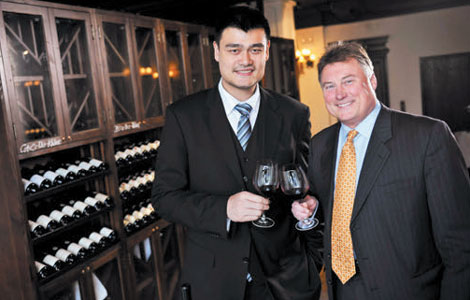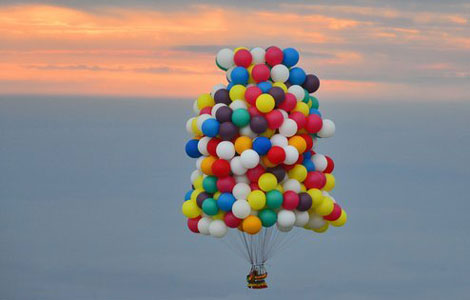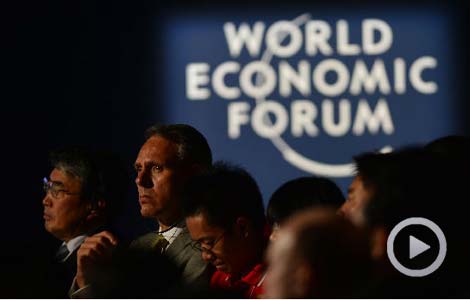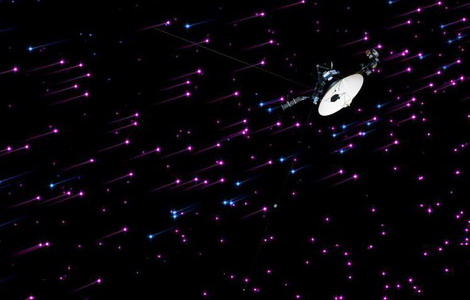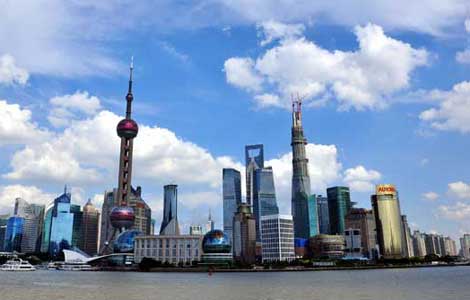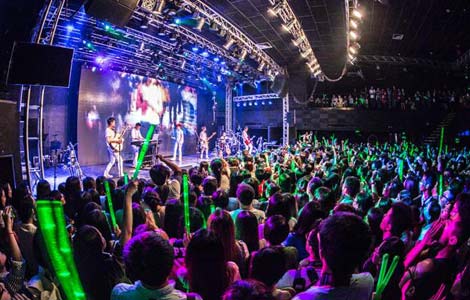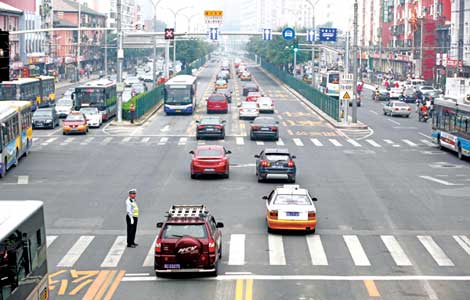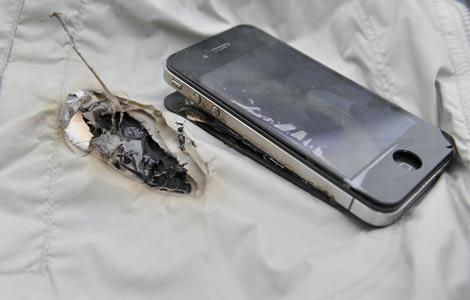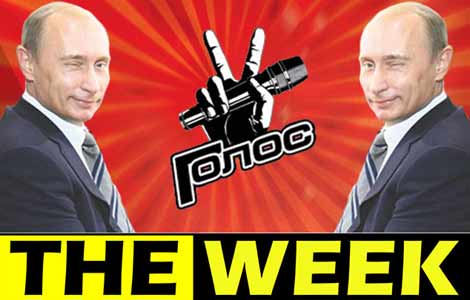Getting to the point
Updated: 2013-09-13 11:15
By Cai Chunying (China Daily)
|
||||||||
EHB package
The act requires each state to develop an Essential Health Benefit (EHB) package which specifies a comprehensive set of healthcare items and services that must be covered by insurance plans offered in the private individual and small-group markets. The federal government sets 10 mandatory categories, while states can determine specific coverage items and define provider pool.
So far, only California, Washington, Maryland, New Mexico, Alaska, Nevada and four US territories have included or plan to include acupuncture in their EHB packages, making it mandated coverage for 54 million Americans.
Jabbour and his activist-minded fellow practitioners have kept busy by reaching out to federal and state legislators and agencies as well as encouraging their base to have more states adopt a similar clause.
The battle to ensure greater access to acupuncture also plays out within the medical community. By mandating non-discrimination toward all healthcare providers, section 2706 has the potential to level the playing field for not only acupuncturists but a range of medical professionals who are not medical doctors, including chiropractors, naturopathic physicians, homeopathists, massage therapists, midwives, optometrists, nurse practitioners and others.
Claiming those non-medical-doctor professions as only providing "inappropriate or unproven treatments," AMA has proposed a bill to repeal section 2706 on behalf of the American Society of Anesthesiologists and the American Academy of Ophthalmology. The AMA did not respond to a request for comment on its position.
Acupuncture has come a long way to prove itself in the US.
When many Chinese arrived at California in the mid-19th century for the gold rush and the building of Transcontinental Railroad, they brought with them the ancient healing technique. Acupuncture was commonly used by Chinese immigrants clustered in Chinatowns but barely went beyond. There are reported cases of acupuncturists being arrested while providing treatments outside of Chinatown and to non-Chinese.
For most Americans, their knowledge about acupuncture is a result of President Richard Nixon's 1972 ground-breaking visit to China.
Accompanying Nixon's advance team and harboring a plan to interview chairman Mao was New York Times journalist James Reston. He experienced acupuncture for post-surgery stomach discomfort after undergoing an emergency appendectomy in Beijing. He was so amazed by the treatment that he wrote a long piece documenting the whole process on the front page of the Times.
Following Reston's article in 1973, Maryland, Nevada and Oregon became the first states to authorize and license acupuncture as a valid medical practice. Montana, South Carolina and Hawaii followed the next year. California, the state with most practitioners, and Louisiana enacted a similar law in 1975. Forty-four states plus the District of Columbia now have acupuncture license law in place.
Education in acupuncture soon followed. The first acupuncture school was established near Boston in 1974. Now 53 accredited professional schools nationwide teach acupuncture and Chinese herbal medicine, two main forms of traditional Chinese medicine and often practiced together.
A professional doctoral program, which begins at the undergraduate level and provides graduates with the similar credentials as the MD degree conferred by medical schools, is scheduled to start in September next year.
Most Viewed
Editor's Picks
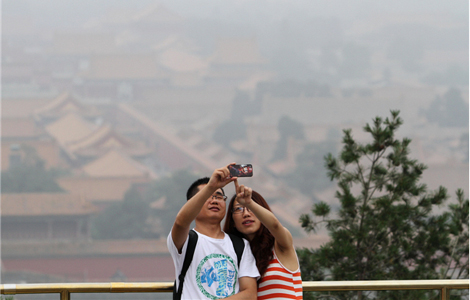
|
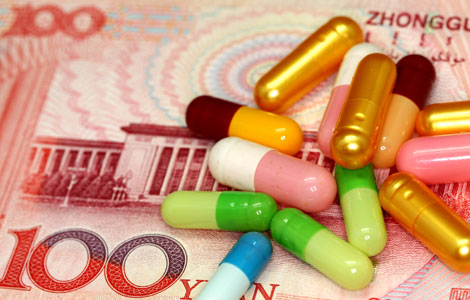
|

|
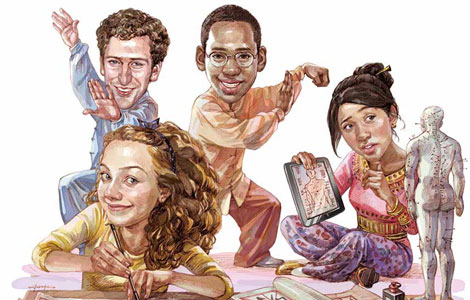
|

|

|
Today's Top News
China's ICBC set to expand in Canada
Florida college joins push for ties with China
China supports trade ties: Michigan governor
Markets hold breath over Chinese cotton policy
Economist calls for global Marshall Plan
'Green Fence' puts pressure on US recyclables
One in four men in Asia-Pacific admit to rape
WB head to discuss climate in China visit
US Weekly

|

|
